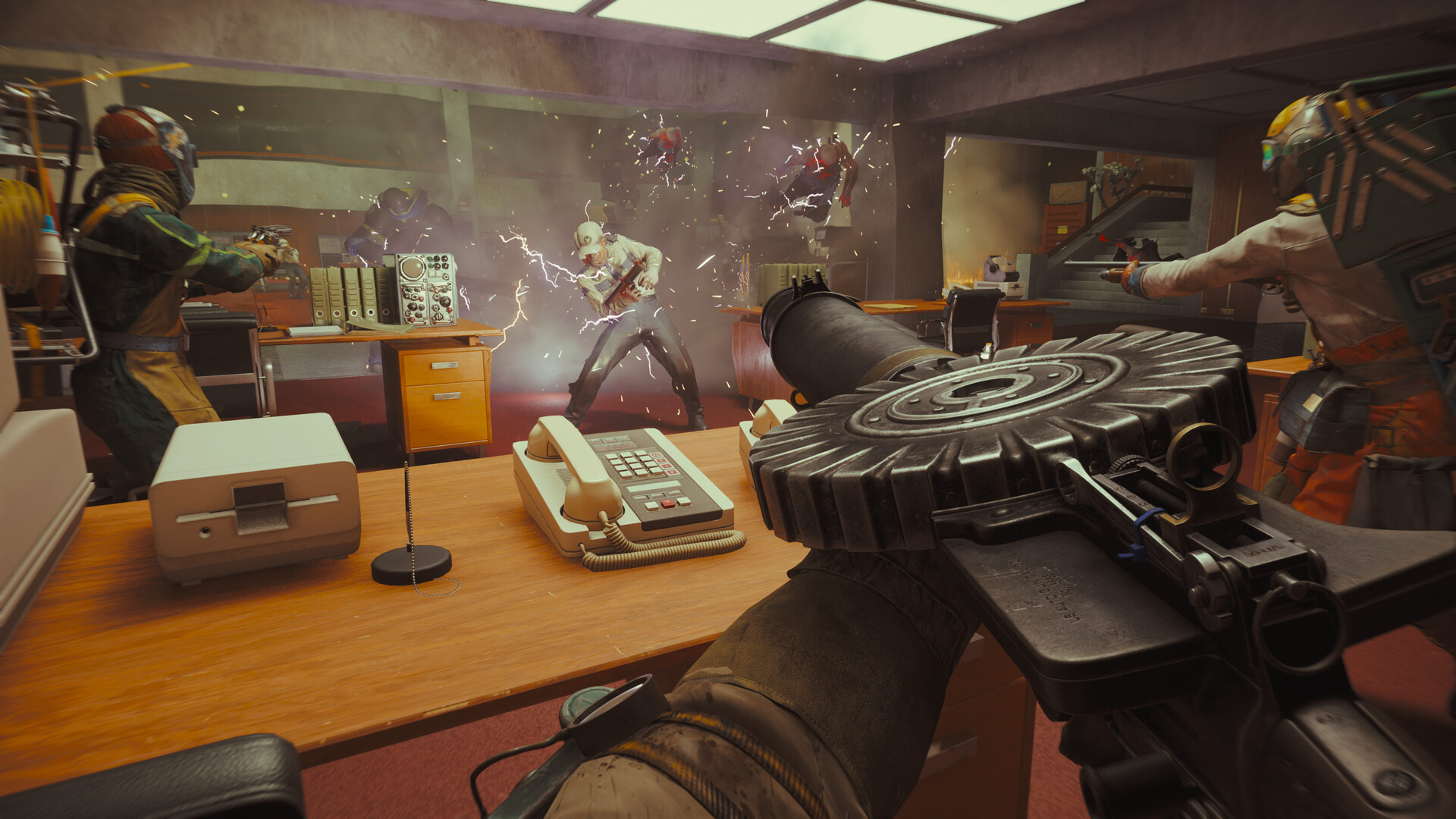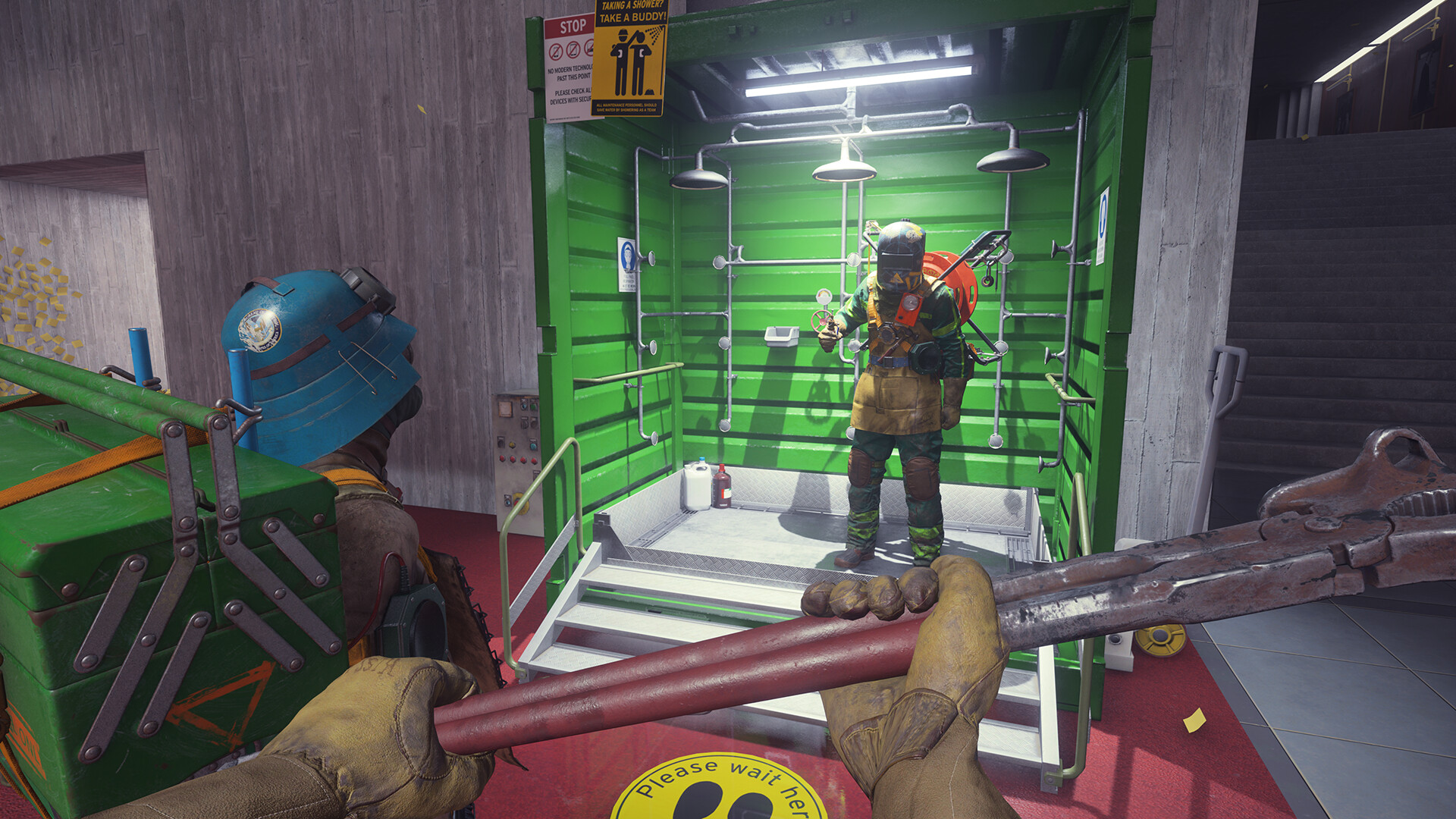
Researchers have been able to use Stable Diffusion models to reconstruct images from human brain waves.
Imagine having the ability to recall your memories with near perfect precision. As we move into an ever more AI-centric future, that dream looks set to come true. With researchers now having used Stable Diffusion to reconstruct pretty damn accurate, high resolution images by reading human brain waves, we could one day be pulling up images from the annals of our minds without having taken a single photograph.
Researchers Yu Takagi and Shinji Nishimoto, from the Graduate School of Frontier Biosciences at Osaka University, recently wrote a paper outlining how it’s possible to reconstruct high res images (PDF) using latent diffusion models, by reading human brain activity gained from functional Magnetic Resonance Imaging (fMRI), “without the need for training or fine-tuning of complex deep generative models” (via Vice).
Considering we don’t fully understand how the underlying translation happens in the brain, the results from this research are incredible. The fact Takagi and Nishimoto were able to coax high resolution images from the latent space using human brain waves is astonishing.
Alright, they say high resolution, but we’re talking 512 x 512 pixels. Still, it’s a darn sight better than the 256p the competition had managed, and with a much higher “semantic fidelity”, too. In other words, the translations are actually vaguely recognisable, and representative of the original images participants had been shown.
Shown images (top) and those reconstructed through stable diffusion by reading fMRI scans (bottom). (Image credit: Takagi & Nishimoto)
Previous studies involved “training and possibly fine-tuning of generative models, such as GANs, with the same dataset used in the fMRI experiments”, the researchers explain. It’s challenging as these generative models are not only awkward as heck to work with, but the training material is super limited. It looks like the Osaka researchers have been able to circumvent these limitations using Stable Diffusion, and the results are looking genuinely impressive.
We’ve all seen the Black Mirror episode. The Entire History of You is a terrifying look into a future in which an implant records our daily life so we can later put every moment under intense scrutiny and ruin our relationships.
But before you consign the idea of using AI for visual recall to the dystopian segment of your brainhole, think of the practical uses! We could one day see nonverbal people, or paralysed people who can’t simply snap a pic of something to show later, able to show us exactly what they’re thinking of by running their brain waves through an artificial intelligence.
(Image credit: Future)
Best gaming PC: The top pre-built machines from the pros
Best gaming laptop: Perfect notebooks for mobile gaming
As one of the first studies (if not the first) to use diffusion models in this way, it may at least help to paint such algorithms in a better light. Stable Diffusion has come under fire of recent—at least in the art space. Rightly so when some diffusion models scrape the internet and regurgitate the front page of ArtStation, only to be used for some lazy party’s own financial gain.
But if the data is used right, and the ease of training these models can benefit the field of accessibility so people can give accurate representations of their own inner worlds, and communicate in new ways, I’m all for it.


